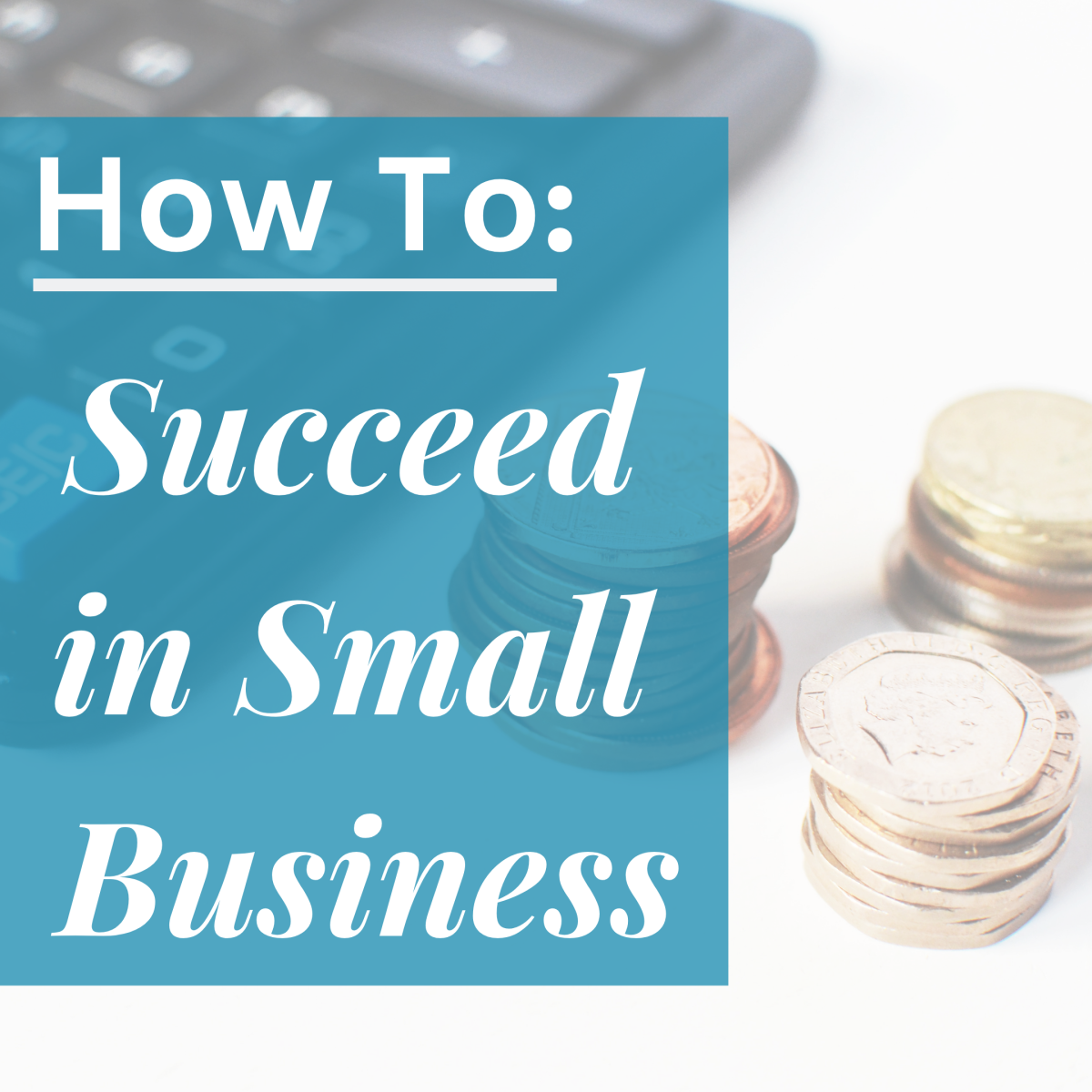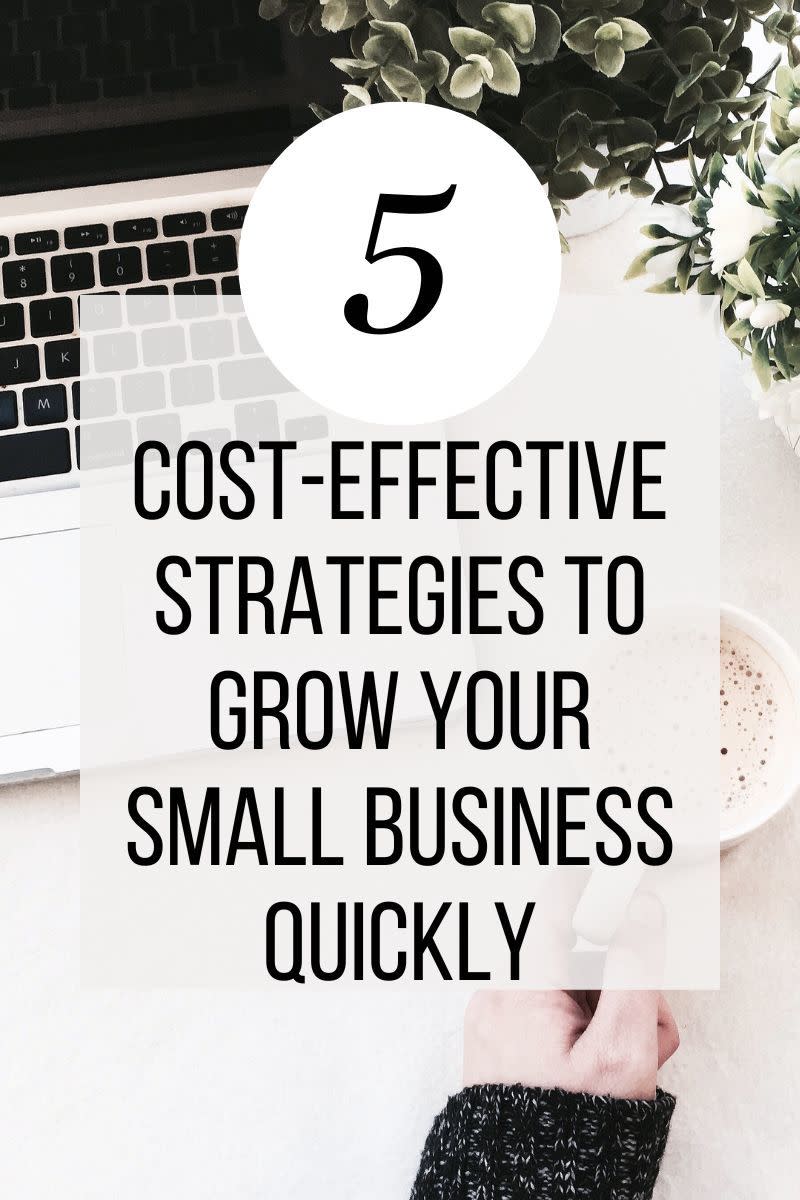Small business strategy guide: Push vs. pull marketing

When it comes to marketing for your small business, you know the basics. You need to have a website that people can visit to get information about what your small business, you need to get your name out there in the industry and you need to have some sort of a marketing plan in place. But as soon as people around you start throwing around the jargon associated with the practice of marketing, your eyes kind of glaze over and you figure that they're covering ground that you haven't reached yet.
But the thing about learning marketing is that it requires you to learn this jargon. You may be glad to find out that it's a relatively easy language to learn. The practices behind the fancy names are generally easy to enact once you understand their definitions and can grasp the basics of how they work. So, make it a habit to start incorporating that marketing jargon into your daily vocabulary.
Let's start with the phrase: "push vs. pull marketing". Perhaps you've heard the phrase before; it's commonly tossed around when the subject of marketing comes up. But what does it mean and how does it apply to your small business? Basically, it defines the two different approaches to marketing that you might use in your small business. The difference between them is based on who the target of your marketing efforts is.
On the one hand, there is "push marketing", in which the target of your marketing efforts is any one of the people in line before the end consumer of your product or service. Alternatively, there is "pull marketing", in which you direct your marketing efforts directly towards that end consumer. Did I lose you?
Hang on a second. Think of yourself as standing above the group of people who may purchase your product or service. Those people are made up of the consumers who will use your product, as well as those middlemen, such as retail stores, which will purchase the item to re-sell to your end consumer. Think of it as a pyramid, with you at the top, the middlemen in, well, the middle, and the end consumer beneath them forming the base of the pyramid. In "push marketing", you push your product down on to the reseller and they in turn push it on to the next level, the end consumer. In "pull marketing", you direct your efforts to the end consumer who will then "pull" the product back up.
Okay, so you get it, but what does this have to do with marketing for your small business? Well, any good marketing strategy incorporates all of the different tactics possible within the budget available. You should be looking at incorporating both "push marketing" and "pull marketing" into your small business marketing plan. Consider the pros and cons of each of them so that you can make decisions about how much time and energy to devote to both types of marketing. You'll need different approaches to your advertising for each of the two kinds of marketing.
See, learning this language isn't that difficult at all. To learn more about push-pull marketing and the strategies for each of them, visit the following links:









